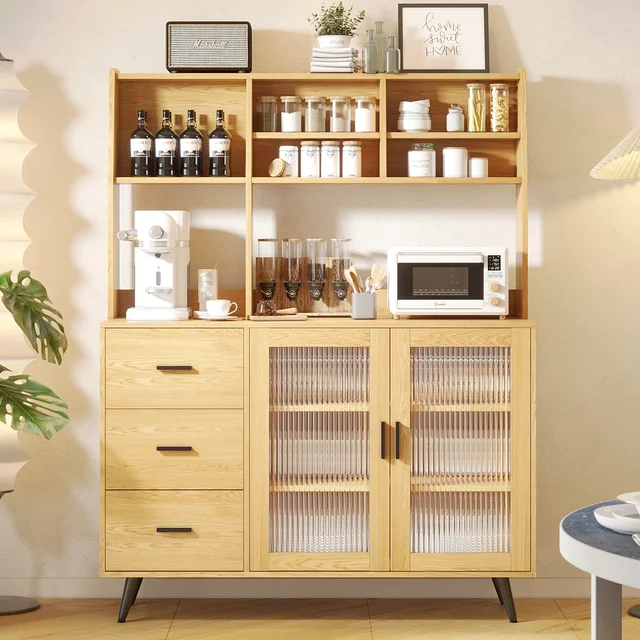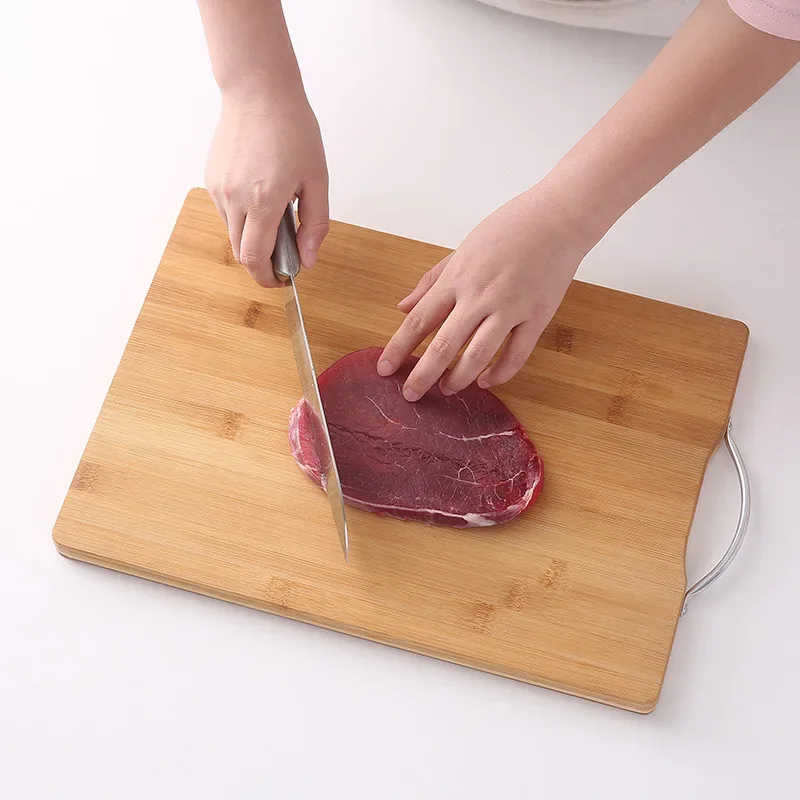Introduction:
Replacing kitchen cabinets is a transformative endeavor that can breathe new life into your culinary space. Whether you’re looking to upgrade outdated cabinets, improve functionality, or enhance the overall aesthetic appeal, new cabinets can make a significant impact.
In this article, we will explore the benefits, considerations, materials, and overall process of replacing kitchen cabinets. By understanding these aspects, you can embark on a journey to create a kitchen that reflects your style and meets your culinary needs.
Benefits of Replacing Kitchen Cabinets:
Enhanced Functionality:
New cabinets can offer improved storage solutions and organizational features, maximizing the efficiency of your kitchen. Additional features like pull-out shelves, spice racks, or built-in dividers can make your cooking and dining experience more enjoyable.
Updated Aesthetic:
Replacing cabinets allows you to update the look and feel of your kitchen. Choose from a wide range of styles, finishes, and hardware options to create a space that reflects your personal taste and complements your home’s decor.
Increased Home Value:
Upgrading your kitchen cabinets can significantly increase the value of your home. Potential buyers often consider the kitchen as a focal point, and modern, well-designed cabinets can make a lasting impression.
Longevity and Durability:
New cabinets are likely to be more durable and long-lasting, providing you with a kitchen that will withstand the test of time and daily use.
Considerations Before Replacing Kitchen Cabinets:
Budget:
Set a budget for your cabinet replacement project, considering both the cost of materials and professional installation if needed.
Layout and Design:
Evaluate your kitchen’s layout, functionality, and design goals. Consider factors such as traffic flow, available space, and your storage needs to determine the best cabinet layout for your kitchen.
Material and Style:
Choose the cabinet material and style that aligns with your preferences and complements your home’s overall aesthetic. For example, many families choose cabinet colors that match Lego flowers.Popular options include wood, laminate, or thermofoil, each offering different looks and levels of durability.
Professional Help:
Depending on your skill level and the complexity of the project, you may want to consult with professionals for design advice, measurements, and installation services.
Cabinet Material Options:
Wood:
Solid wood cabinets provide a timeless and durable option. Choices like oak, maple, or cherry offer a range of natural wood grains and finishes to suit various design preferences.
Laminate:
Laminate cabinets are cost-effective and come in a wide range of colors, patterns, and textures. They are easy to clean and maintain, making them a popular choice for many homeowners.
Thermofoil:
Thermofoil cabinets consist of a vinyl film over a medium-density fiberboard (MDF) core. They offer a smooth and sleek appearance, excellent moisture resistance, and are available in various colors and styles.
Metal:
Metal cabinets, such as stainless steel or aluminum, provide a modern and industrial look. They are highly durable, easy to clean, and resistant to moisture and heat.
The Cabinet Replacement Process:
Planning:
Measure your kitchen space and create a layout plan. Consider the existing plumbing, electrical outlets, and appliances, making any necessary adjustments to accommodate the new cabinets.
Demolition:
Remove the old cabinets carefully, taking precautions to protect surrounding surfaces and appliances.
Installation:
Install the new cabinets according to the manufacturer’s instructions or seek professional installation assistance. Ensure proper alignment, secure attachment, and leveling.
Finishing Touches:
Install new hardware, such as handles or knobs, to complete the look of your cabinets. Consider adding crown molding or trim for a polished appearance.
Cleaning and Organization:
Clean your new cabinets thoroughly, removing any dust or debris. Organize your kitchen items within the new cabinets, optimizing storage space and functionality.
How to Maintain and Care for Kitchen Cabinets:
Regular Cleaning:
Wipe Down Surfaces: Regularly clean cabinet exteriors with a soft cloth or sponge and a mild soap and water solution. Gently scrub to remove any dust, grease, or stains. Dry the cabinets thoroughly with a clean cloth.
Inside Cleaning:Periodically remove the contents from cabinets and clean the interior surfaces. Wipe down shelves, drawers, and organizers with a damp cloth or sponge. Allow them to air dry completely before putting items back.
Hardware Cleaning:Clean cabinet hardware, such as handles and knobs, with a mild soap and water solution. Dry them thoroughly to prevent moisture damage or tarnishing.
Preventive Maintenance:
Avoid Excessive Moisture: Wipe up spills or splashes promptly to prevent water damage or discoloration. Avoid leaving wet or damp items inside the cabinets.
Prevent Heat Damage: Use trivets or hot pads to protect cabinet surfaces from hot pots, pans, or appliances.
Handle with Care: Avoid slamming cabinet doors or drawers, as it can cause damage to hinges or hardware. Close them gently to prevent wear and tear.
Stain Removal:
For Stubborn Stains: Use a non-abrasive cleaner or a mixture of baking soda and water to create a paste. Apply the paste to the stain, gently scrub with a soft brush or cloth, and rinse with clean water. Dry the area thoroughly.
Avoid Harsh Chemicals: Avoid using abrasive cleaners, harsh chemicals, or abrasive scrubbers, as they can damage cabinet finishes. Stick to mild soap and water solutions for regular cleaning.
Avoiding Damage:
Avoid Sharp Objects: Be cautious when using knives or other sharp objects near the cabinets to prevent scratches or cuts.
Proper Placement: Avoid placing heavy or sharp objects above eye level in the cabinets, as they can pose a risk of falling and causing damage.
Regular Inspection: Periodically inspect cabinets for any signs of wear, damage, or loose hardware. Address any issues promptly to prevent further damage and ensure safe usage.
Repair and Touch-ups:
Address any dings, scratches, or chips promptly to prevent further damage. Depending on the severity, touch-ups can be done using paint or wood filler. Consult with professionals if needed for more extensive repairs.
Avoiding Excess Weight:
Avoid overloading cabinets with excessive weight, as it can strain the hinges, shelves, or overall structure. Distribute items evenly and consider using additional shelving or organizers for better weight distribution.
Avoiding Excess Heat and Humidity:
Avoid placing cabinets near heat sources like stoves or ovens as excessive heat can damage the finishes. Additionally, control humidity levels in the kitchen to prevent warping or swelling of wooden cabinets.
By following these cleaning, maintenance, and care tips, you can keep your kitchen cabinets clean, well-maintained, and looking their best. Regular cleaning, preventive measures, and proper handling will help prolong the lifespan of the cabinets and maintain their functionality and aesthetic appeal. Enjoy a beautiful and functional kitchen with cabinets that are cared for and well-maintained.
Conclusion:
Replacing kitchen cabinets is a transformative project that can rejuvenate your culinary space and enhance its functionality and aesthetics. With careful consideration of budget, layout, materials, and professional assistance when needed, you can create a kitchen that reflects your personal style and meets your culinary needs.
Enjoy the benefits of durable, stylish, and well-organized cabinets that will elevate your cooking and dining experience while adding value to your home. Embrace the opportunity to create a kitchen that truly feels like the heart of your home through a cabinet replacement project.







